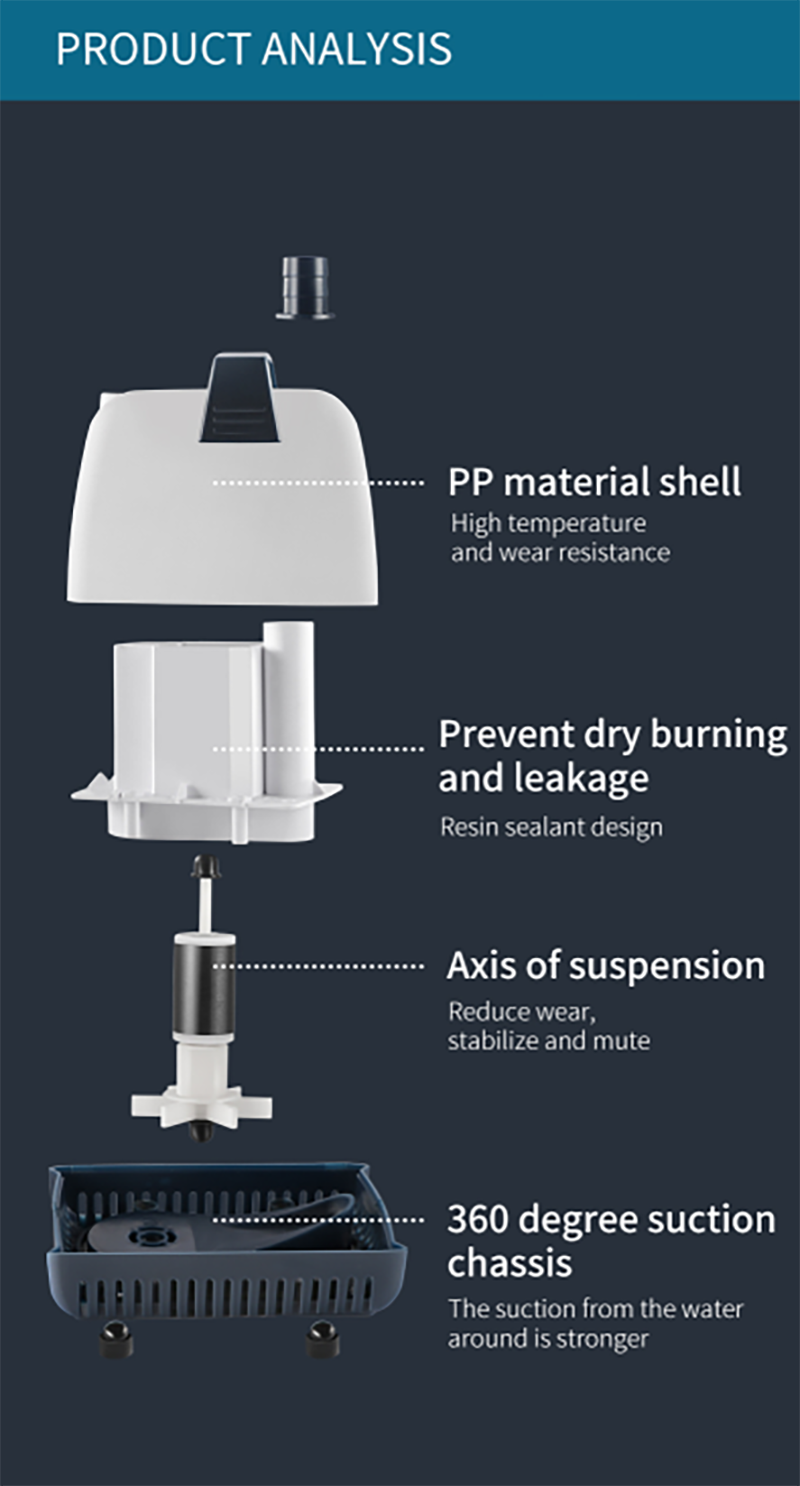Submersible pumps are widely used in various applications, from residential water supply to industrial processes. However, like any mechanical device, they can encounter problems such as low flow or motor overheating. Knowing how to troubleshoot these common issues can save time, money, and prevent further damage. Here are some steps and tips to help you identify and resolve these problems.
1. Low Flow Issues
Low flow in a submersible pump can be caused by several factors, including blockages, improper installation, or mechanical problems.
2. Check for Blockages
One of the most common reasons for low flow is blockage in the pump or the piping system. Debris, sediment, or even small objects can obstruct the flow of water. To address this:
- Inspect the Intake Screen: Remove the pump from the water source and check the intake screen for any debris or blockages. Clean it thoroughly using a brush or a high-pressure water jet.
- Examine the Piping: Disconnect the pipes and inspect them for any obstructions. Use a flexible rod or a plumber’s snake to clear out any blockages.
3. Verify Installation
Improper installation can also lead to low flow. Ensure that the pump is installed at the correct depth and angle. If the pump is installed too high or at an incorrect angle, it may struggle to draw water efficiently. Refer to the manufacturer’s guidelines for proper installation specifications.
4. Check the Impeller
The impeller is a crucial component that helps move water through the pump. If it is damaged or clogged, it can significantly reduce flow. Remove the pump and inspect the impeller for any signs of wear, damage, or blockage. If necessary, replace the impeller to restore proper flow.
5. Motor Overheating
Motor overheating is another common issue that can lead to serious damage if not addressed promptly. Overheating can be caused by electrical problems, mechanical issues, or improper usage.
6. Electrical Issues
Overheating can be a result of electrical problems such as voltage fluctuations, incorrect wiring, or a faulty motor starter. To troubleshoot:
- Check the Voltage: Use a multimeter to verify that the voltage supply to the pump is within the specified range. Voltage fluctuations can cause the motor to work harder, leading to overheating.
- Inspect Wiring: Ensure that all electrical connections are secure and free from corrosion. Loose or corroded connections can increase resistance and cause the motor to overheat.
7. Mechanical Problems
Mechanical issues such as a lack of lubrication, worn bearings, or a misaligned shaft can also cause overheating. To address these:
- Lubricate the Motor: Check the manufacturer’s recommendations for lubrication. If the motor is low on lubricant, add the appropriate type and amount.
- Inspect Bearings and Shaft Alignment: If the bearings are worn or the shaft is misaligned, the motor will have to work harder to operate, causing it to overheat. In such cases, it may be necessary to replace the bearings or realign the shaft.
8. Overloading
Overloading the pump by running it continuously or using it beyond its capacity can also cause the motor to overheat. Ensure that the pump is being used according to its specifications and allow it to rest periodically if it is not designed for continuous operation.
9. Professional Help
If you are unable to identify or resolve the issue after following these troubleshooting steps, it is advisable to seek professional help. A qualified technician can diagnose the problem accurately and provide the necessary repairs or replacements.
Submersible pumps are reliable tools, but they can encounter issues like low flow or motor overheating. By following these troubleshooting steps, you can often identify and resolve the problem yourself. However, always prioritize safety when working with electrical equipment and do not hesitate to seek professional assistance if needed. Proper maintenance and timely troubleshooting can extend the life of your submersible pump and ensure its efficient operation.
If you want to learn more about this, please contact our website https://www.jingyeaquarium.com/.
Post time: Apr-03-2025

